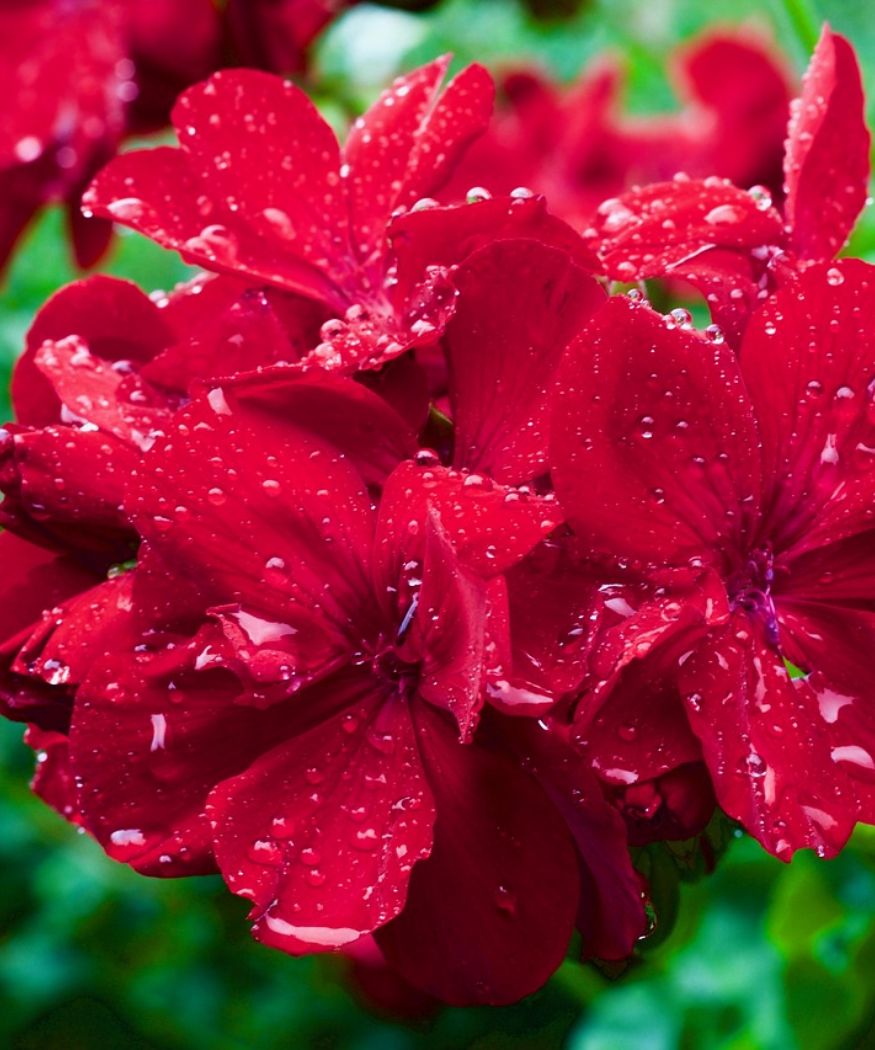Geraniums love the sun. As native South African plants, they can’t get enough of it. In hot, sunny summers, these plants are at their best. But what happens when the weather doesn’t cooperate? Then geraniums temporarily produce fewer flowers. As soon as the sun comes out again more frequently, they take off once more. If you follow a few basic tips, that is. The experts at PfE reveal how geraniums can survive even longer periods of rain.
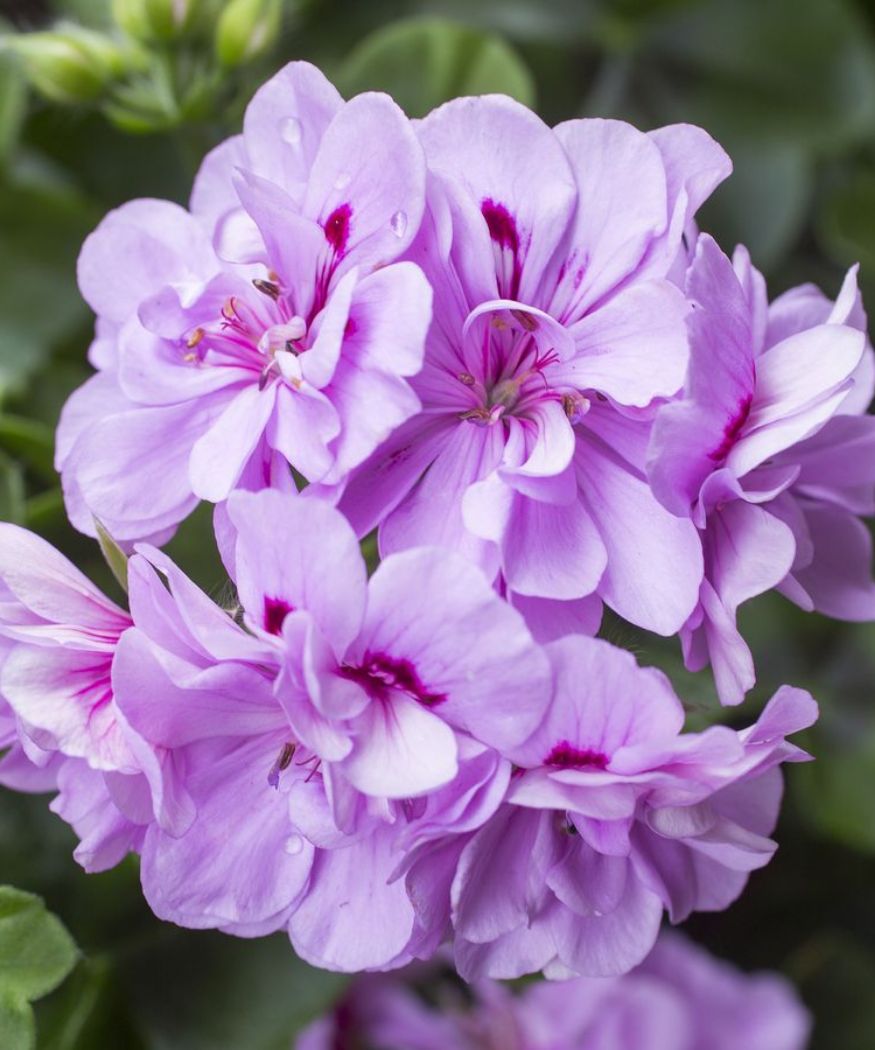
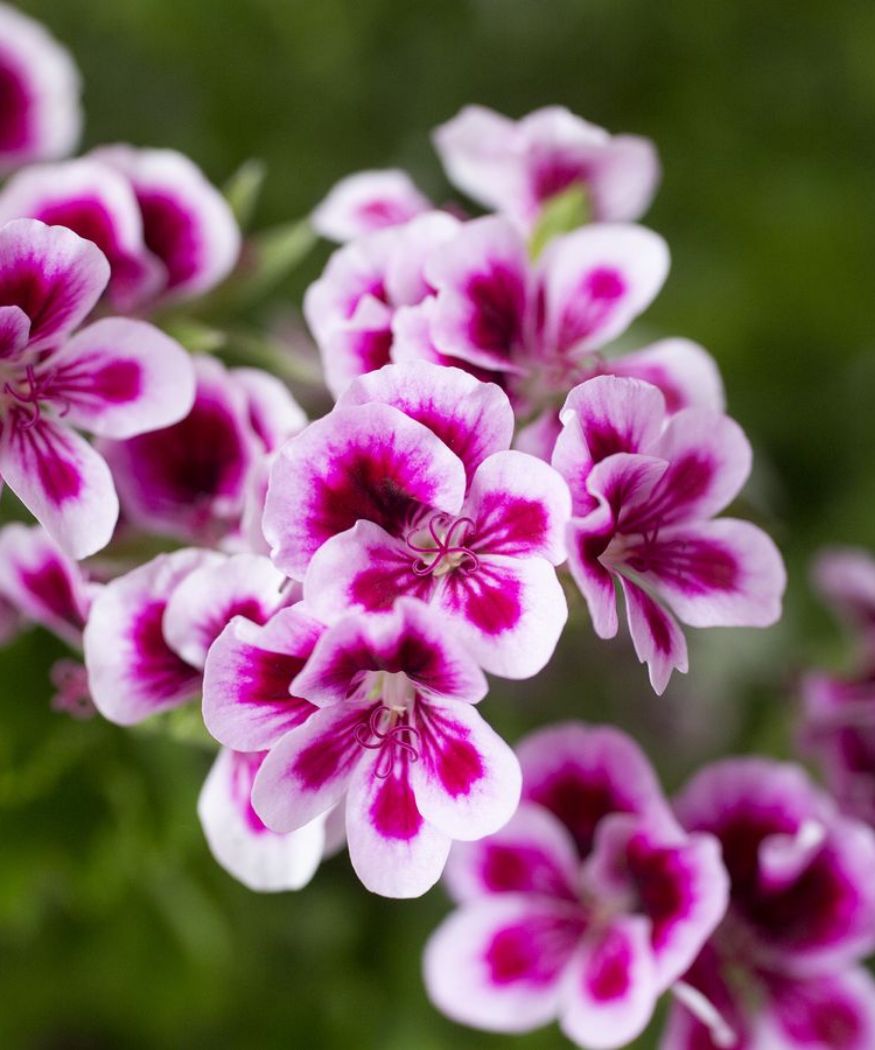
Tip 1: Use high-quality compost
It’s important to use good growing medium right from the start. Special geranium compost or a high-quality universal, balcony or container compost gives the plants support, is structurally stable and has a high drainage and storage capacity. This means it doesn’t compact, allows air and nutrients to reach the roots even when wet, and quickly drains excess water away from the root system.
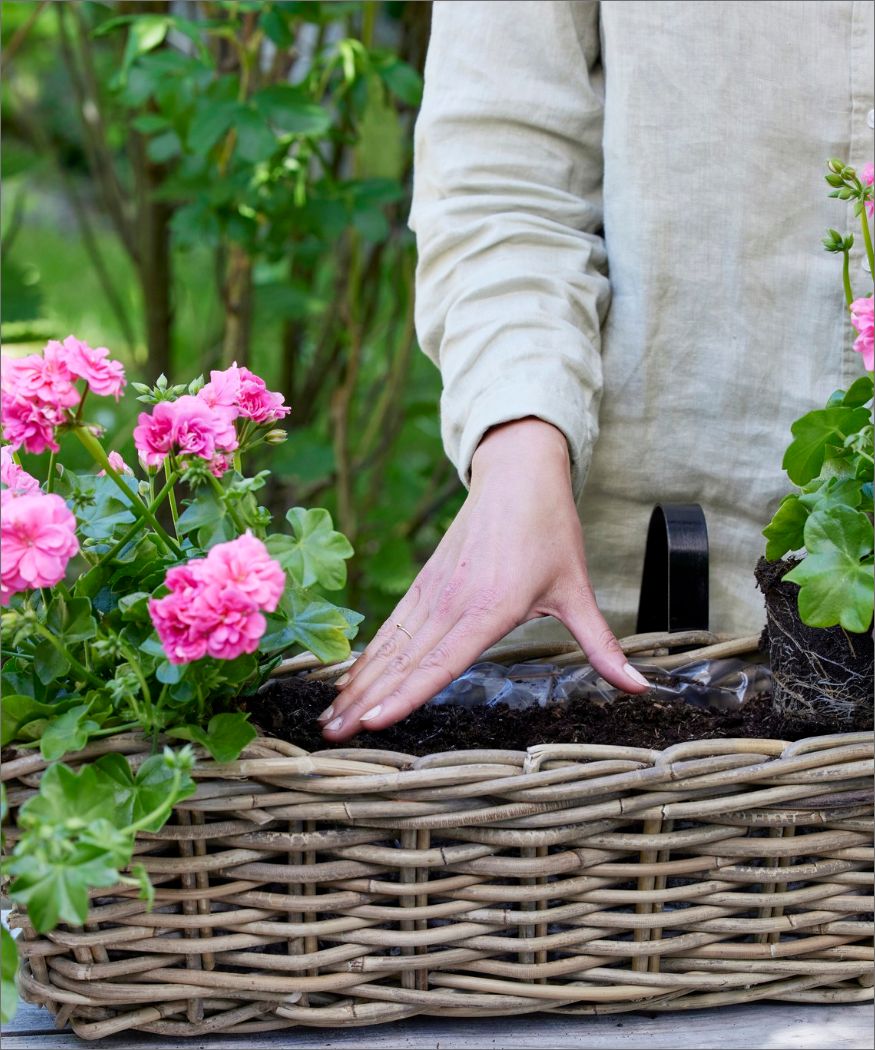
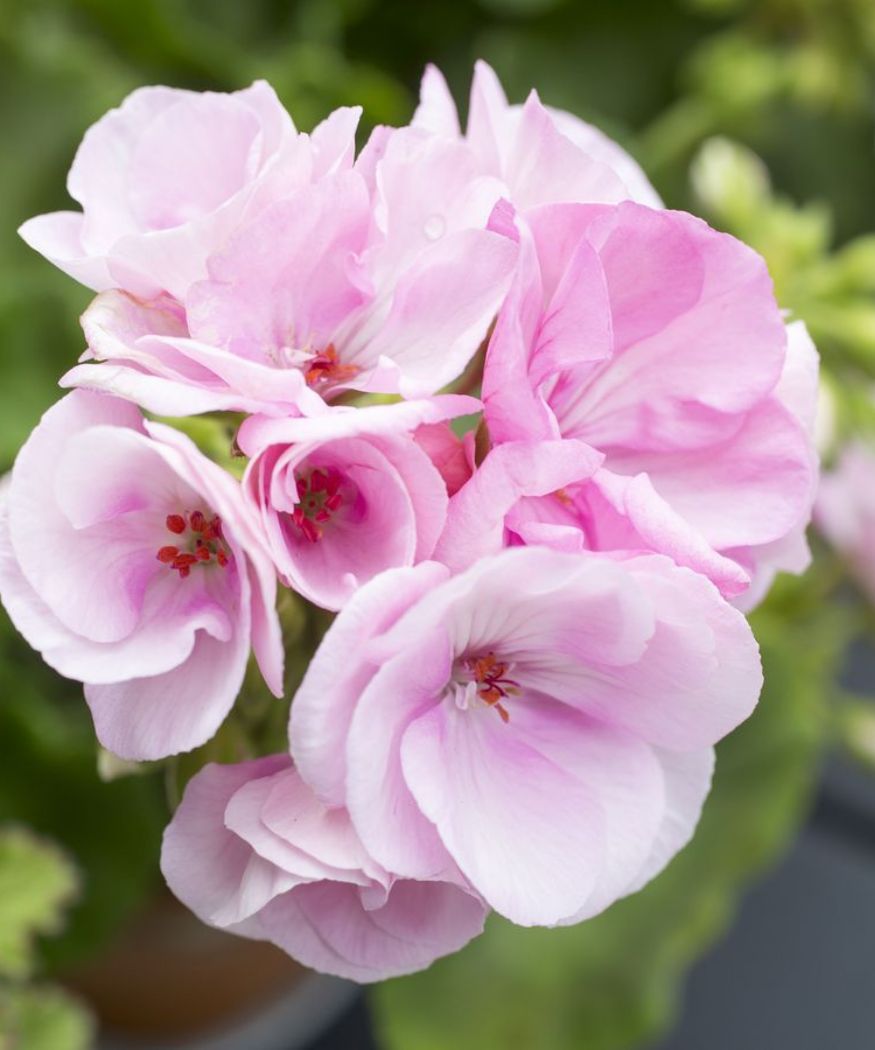
Tip 2: Don’t forget a drainage layer
Geraniums don’t like being waterlogged. A drainage layer of clay shards, expanded clay pebbles or similar materials on the bottom of the planter ensures the compost doesn’t block the drainage holes and that excess water can drain away freely. Only containers with a water reservoir don’t need this layer.
Tip 3: Remove saucers and planters
As practical as it may be on hot, dry days with high evaporation, if geraniums can fall back on a small supply of water in a saucer or planter, a build-up of water is counterproductive when it rains. Let’s get rid of it! Don’t let the pot stand in water for long periods of time.
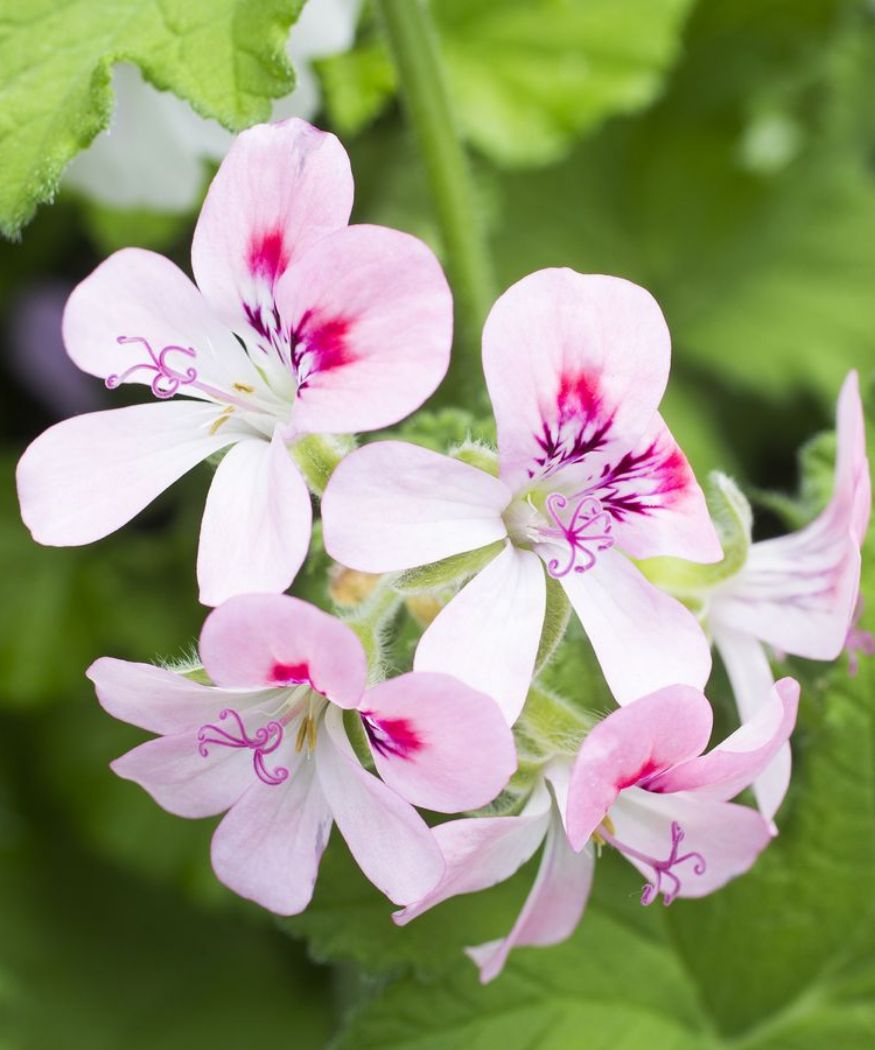
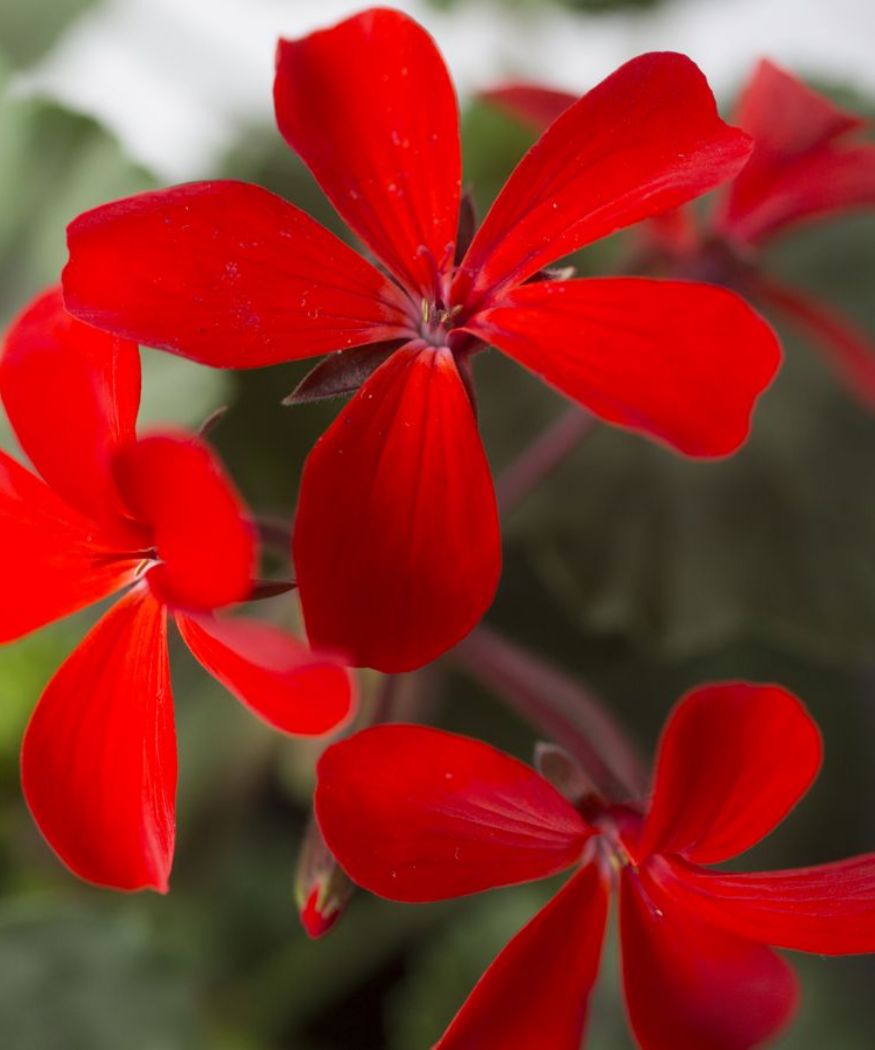
Tip 4: Move under a roof
In heavy or continuous rain it can be useful to temporarily move geraniums to the wall of the house or under cover. To prevent your rescue operation backfiring, choose a location that’s as bright as possible and check from time to time whether the plants need water. As soon as the sun shines again, pots, you can return containers and balcony boxes to their original spot. No roof available? An umbrella or foil can also offer protection for your plants.
Tip 5: Remove rain-damaged flowers
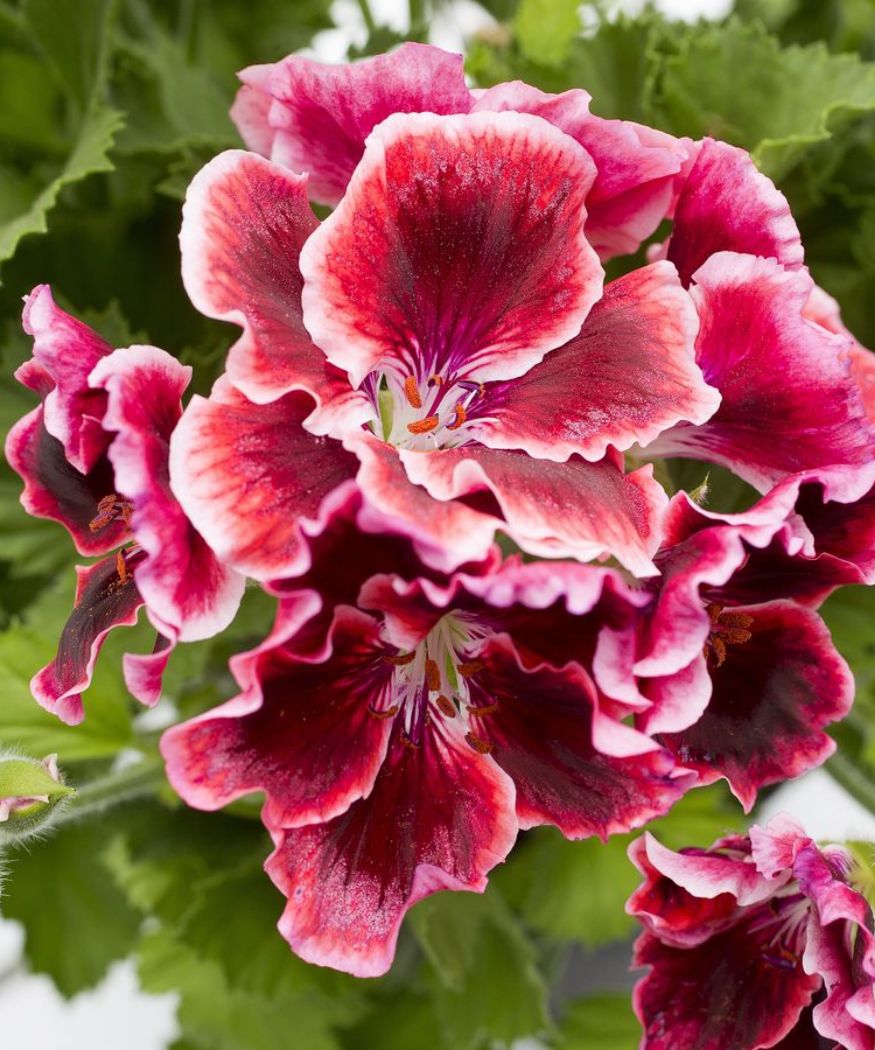
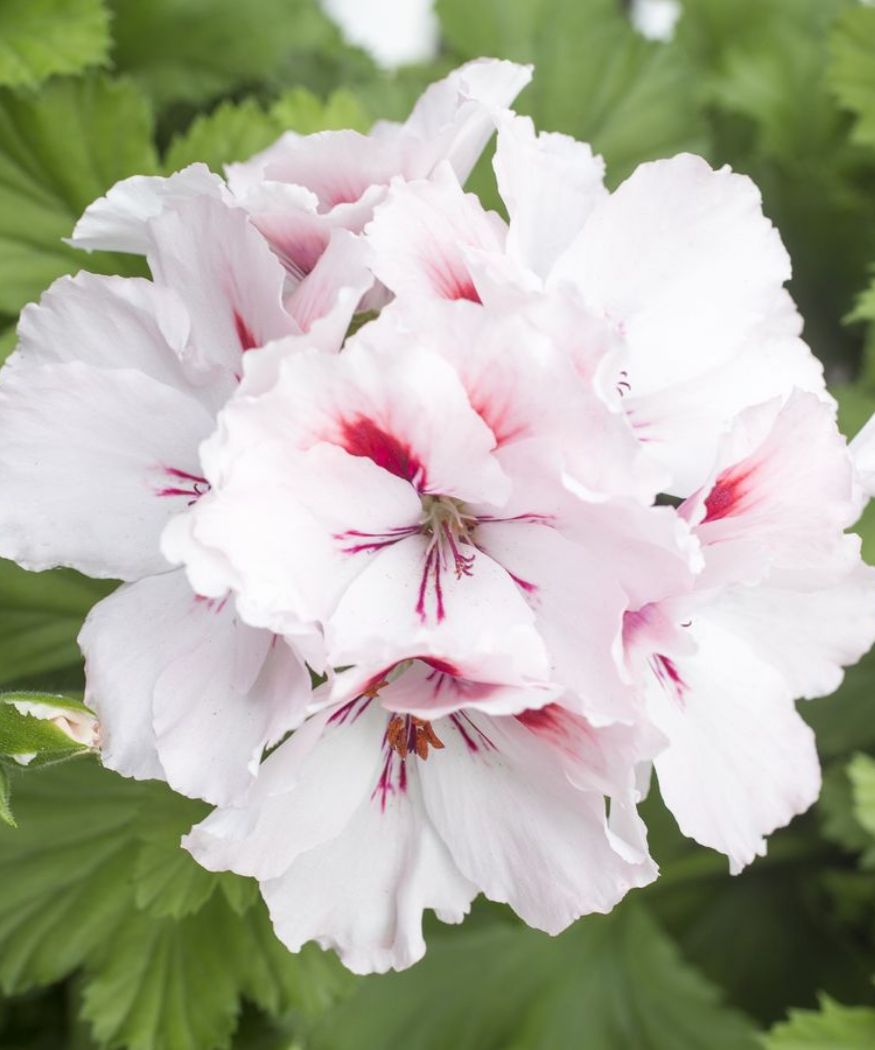
If geraniums have received a lot of rain, they will regain their beauty more quickly if you remove water-damaged flowers and leaves quickly. This also helps to prevent fungal diseases that easily develop in damp environments.
Tip 6: Give an extra dose of nutrients
Heavy rain washes nutrients out of the soil. To compensate for the loss, an extra portion of liquid fertiliser can be useful. In the case of slow-release fertiliser or fertiliser sticks, persistent rain can significantly shorten the period of efficacy. You can tell your geraniums need extra fertiliser when they no longer bloom properly or when their leaves turn yellow, even though everything else is fine.
Tip 7: Install a weather app
If you know a thunderstorm with heavy rain is imminent, you can take precautions. Weather apps help you to be prepared. It’s better not to rely on the forecast alone, though.
With these tips, geraniums will survive longer periods of rain without major difficulties. If you don’t want to worry about the weather, trailing geraniums are better than upright ones, and varieties with single flowers are better than those with double blooms. The most sensitive are the noble geraniums. These were originally bred as houseplants and have especially beautiful, large flowers.They should always be planted outdoors in a spot that’s protected from strong winds and rain.
And what if it does happen? If the compost in the container gets saturated, it is important to quickly create a more suitable environment for the geranium. Take it out of its pot, trim off any rain-damaged flowers and shoots, remove the wet soil and pot the plant in fresh compost. In this case, wait a day or two before watering the plant for the first time.
Detailed advice on all aspects of geranium care is available at specialist retailers.
 English
English Dansk
Dansk Deutsch
Deutsch English
English Español
Español Français
Français Hrvatski
Hrvatski Italiano
Italiano Magyar
Magyar Nederlands
Nederlands Norsk
Norsk Polski
Polski Română
Română Slovenský
Slovenský Slovenščina
Slovenščina Suomalainen
Suomalainen Svenska
Svenska Česky
Česky Ελληνική
Ελληνική Български
Български